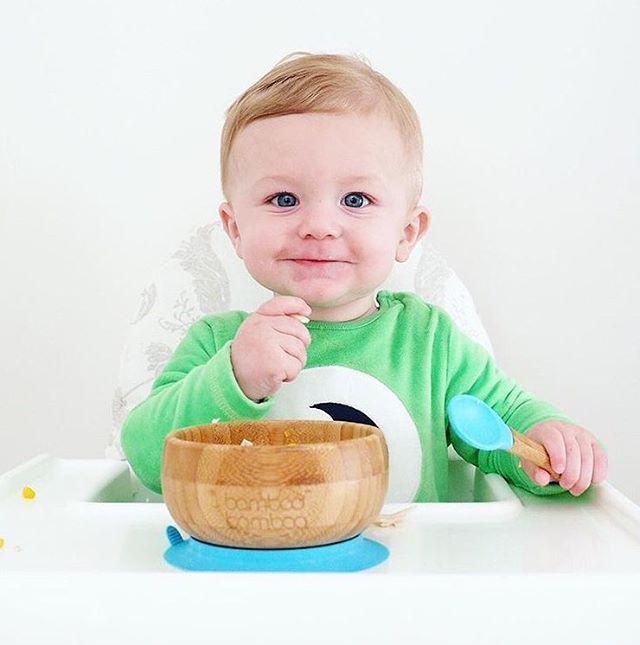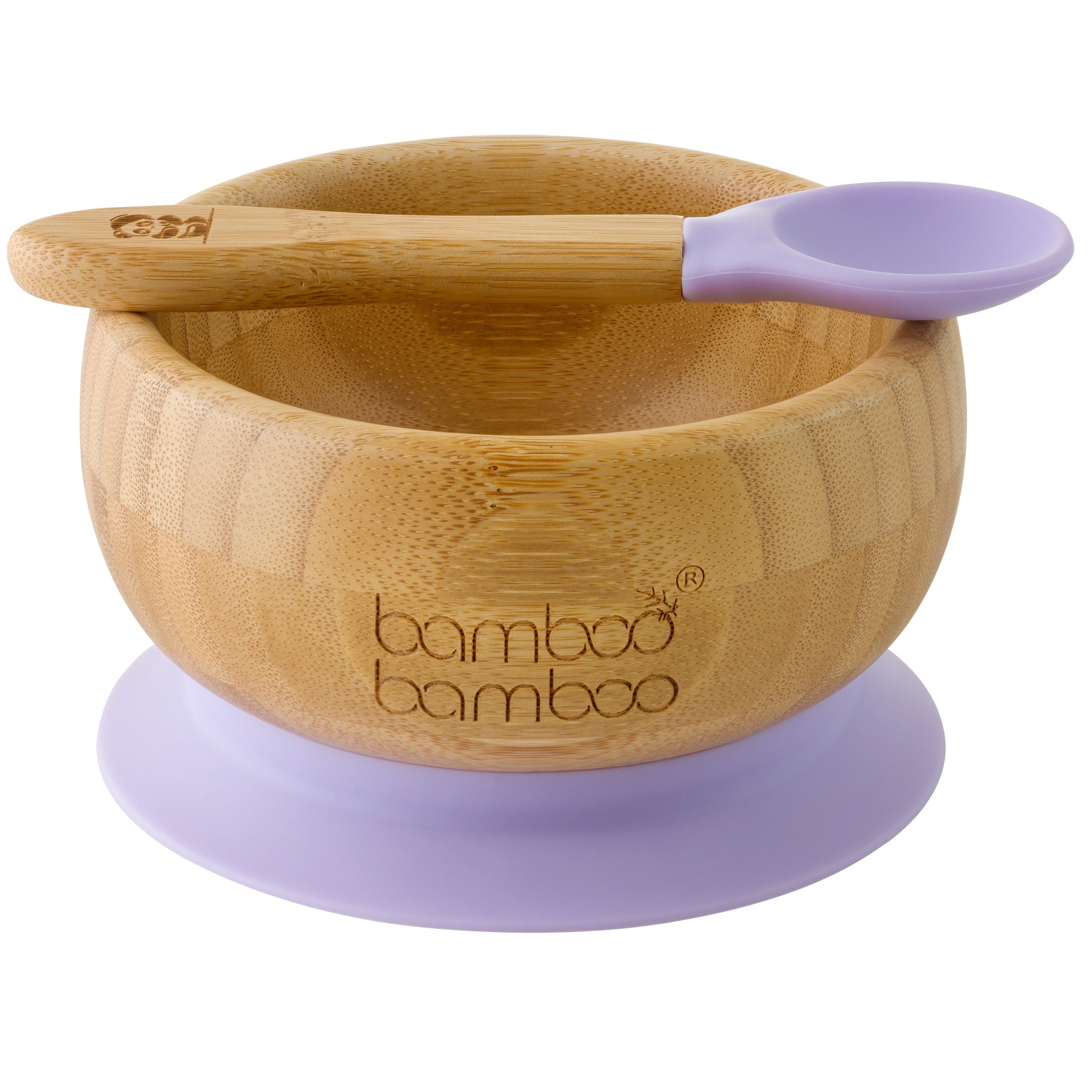Taking photos of food has never been more popular, and fans of Instagram and Snapchat will be extremely familiar with the eating habits of the people that they follow! However, if you’re keen to take amazing photos that really show off your meals to their best advantage, there’s a few tips and tricks to bear in mind.
If you’re super-proud of the amazing healthy lunch that you’ve just prepared for your toddler and want to share it with your friends on social media, you need to make sure that it looks as delicious as it tastes. That can be made a lot easier when you use one of our award-winning organic bamboo bowls or plates which already look beautiful no matter what you’re serving, however there are some other key tips to consider too that will make your photos look their best.
You won’t even need a professional quality camera, expensive lens or a tripod to achieve great effects – a standard smartphone or iPhone should do the trick. Incredible photos depend not on how fancy your camera is, but on your understanding of what goes into taking fantastic images and how confident you are when it comes to taking your chosen shot with your existing equipment.
Lighting
Getting the lighting perfect is perhaps the most vital element when trying out food photography. Aim for natural daylight from behind to shows food to its best advantage, making it appear more appealing and vibrant.
If the daylight isn’t quite strong enough, try tapping the image’s darkest area to bring more light to the image then drag up the exposure level.

Ingredients
This tip has nothing to do with your camera at all and more to do with the food itself. It stands to reason that food is going to look best if it is as fresh as possible. Using ripe vegetables and fruit which hasn’t withered or gone brown will have the best effect, although imperfections can add a little more personality to the shots.
Personalised Style
The best food stylists’ work can be recognised even if they haven’t attached their name to the photo. Find a style which suits your personality and own it. Whether that means that you use identical props every time, (such as one of our bamboo bowls), take all your shots from the same angle or keep the scene the same regardless of which foods you are photographing, that customised look will make your images truly your own.

Simple Style
Keeping the shot simple will mean that nothing will distract from the food. Remove anything unnecessary from the shot. While props will add context and personality to the image, too much business in the scene will mean the impact of your dish gets lost. While raw ingredients looks great as props and garnishes, less is always more.
The Human Touch
If you add a hand into your shot, you’ll find that you can appeal to viewers more and connect with them more effectively since it shows the scale of the shot and helps those looking at the image to relate to it better. You can achieve this by showing a hand holding the bowl or spoon or garnishing the dish.
Keeping Your Bowls or Plates Clean
Make sure that the only imperfections in your shot are on the raw ingredients. You need to ensure that the bowls you’re using are completely free of any flaws and are thoroughly clean.
Making The Food Glow
You can make vegetables and fruit shine by simply misting them with water or brushing with a little olive oil to give a fresher appearance.

Angle
Experiment with angles when photographing food to show different points of view. You can try shooting from overhead, at a distance or tilted and close up, or why not try capturing the edge of the table, props or bowl. Be as creative as you like and take as many images as necessary until you get the perfect shot.
Framing
Your images can be square, horizontal or vertical – the secret to taking amazing photos is knowing which you’re aiming for before beginning. Regardless of which choice you make, try to capture the main focus of the shot slightly off-centre. Usually, the most appealing photos display only some of the bowl or props – this effective strategy uses the photo’s edges to show only a third or half of the props.

Timing
One of the problems with food photography is that food loses its appeal pretty quickly, and therefore working quickly is the key to getting the best shot. Plan appropriately, and make sure that all the props are ready and in place before you cook and plate up the main dish. Of course, you don’t have to capture the image the very minute that you’ve plated up – make sure the dish really showcases your style.











